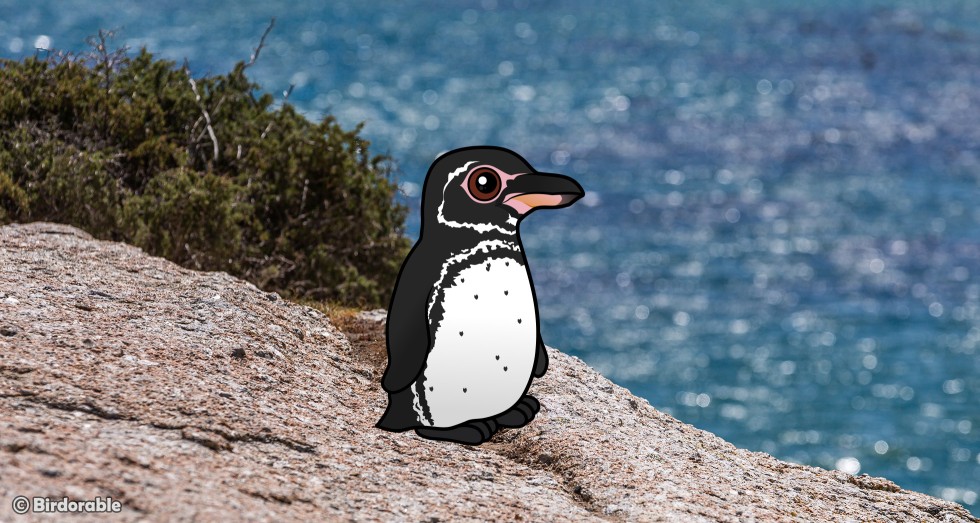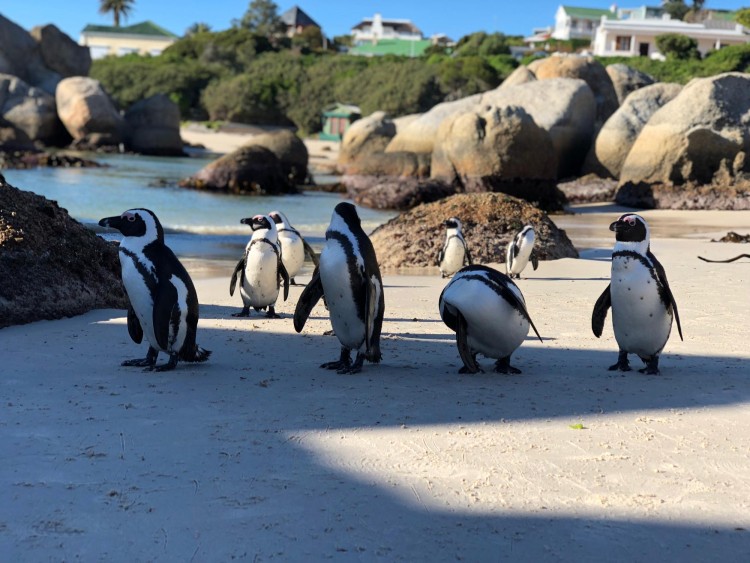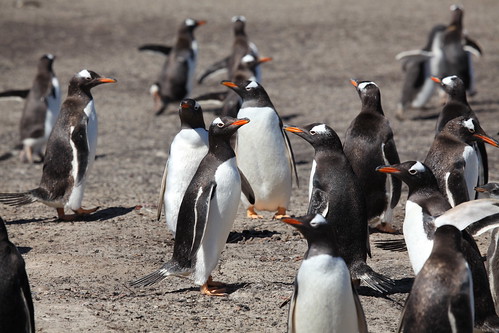
Galápagos Penguins are found on the equator, living on the volcanic shores of the Galápagos Islands
Penguins are often associated with icy landscapes and freezing temperatures, but the idea that they only live in cold climates is a common misconception. While some penguins thrive in frigid regions like Antarctica, many species are perfectly adapted to warmer environments.
Of the 18 recognized penguin species, only a few are true residents of Antarctica. Emperor Penguins and Adélie Penguins are the most iconic Antarctic dwellers, braving extreme cold and harsh winds. However, most penguin species actually prefer temperate or tropical climates. For instance, Galápagos Penguins are found on the equator, living on the volcanic shores of the Galápagos Islands. Their environment is far from icy—temperatures there can soar, and they rely on cold ocean currents to keep cool.
Other warm-weather penguins include the Humboldt Penguin of South America, which inhabits coastal deserts along the Pacific Ocean in Peru and Chile. These penguins use burrows and rocky crevices to escape the sun's heat. Similarly, African Penguins, also called "Jackass Penguins" for their braying call, are found on the beaches of southern Africa. They face challenges like sunburn and heat stress, adapting by nesting in shaded areas and being active during cooler parts of the day.

African Penguins on a beach in South Africa
Even penguins in cooler climates don’t necessarily live in snow and ice year-round. Magellanic Penguins, for example, breed in Argentina and Chile, where summers are mild and even hot. They dig burrows to raise their chicks, keeping them sheltered from the elements.
What unites all penguin species is their dependence on the ocean for food and their unique adaptations to aquatic life. Penguins are excellent swimmers, using their streamlined bodies and powerful flippers to catch fish, krill, and squid. Their feathers are highly specialized, providing insulation and waterproofing, whether they’re swimming in icy waters or basking under the sun.
So why does the "penguins only live in cold places" myth persist? Media portrayals like movies and documentaries often focus on Antarctic penguins because of their dramatic and challenging environment. The stark contrast between the penguins' cute appearance and the harsh Antarctic wilderness makes for compelling storytelling. But in reality, penguins are far more diverse and versatile.
This myth also underscores the importance of understanding and protecting penguins in all their habitats. Whether they live on an icy expanse or a sun-soaked beach, penguins face threats from climate change, overfishing, and habitat destruction. By debunking myths and learning about their true lives, we can better appreciate these fascinating birds and take steps to help conserve them.
Next time you see a penguin-themed story or a cartoon set in Antarctica, remember: not all penguins are waddling around in the snow. Many are basking on sunny shores, thriving in environments far removed from the icy stereotype.



























































